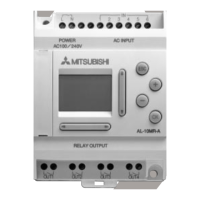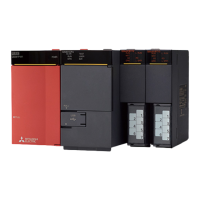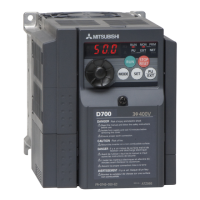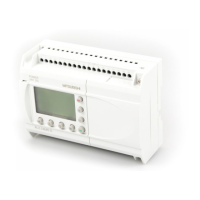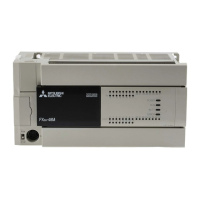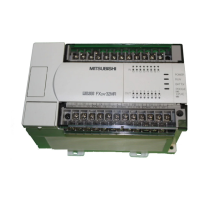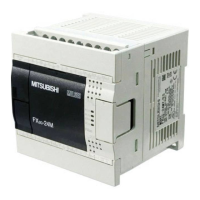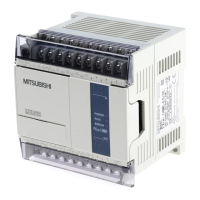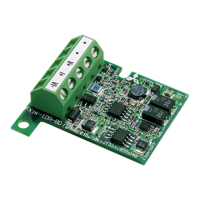11 - 7
CHAPTER11 PROCEDURES FOR WRITING PROGRAM TO CPU MODULE
1
2
11
4
5
6
7
8
11.2 High Performance Model QCPU, Process CPU, and Redundant CPU
11.2.1 Items to be Considered for Creating Programs
11.2 High Performance Model QCPU, Process CPU, and Redundant
CPU
11.2.1 Items to be Considered for Creating Programs
To create a program, the number of device points, size, and file name of the program must be predetermined.
(1) Program size
Check whether the total size of programs and parameters are within the program size executable in the CPU
module used. ( Section 5.4.3)
Table11.2 provides the program size executable in each CPU module.
Whether parameters are stored to the program memory, standard ROM, or memory card can be set.
If the program size above is required for only programs, store the parameters in the standard ROM or memory
card.
(2) Determining a unit for structuring the programs
When creating multiple programs, determine a unit (process/function) for structuring the programs
(3) Setting the execution conditions for programs to be created
When executing multiple programs, set their execution conditions to each program. ( Section 2.3)
Without the setting, the programs cannot be executed.
(4) Setting the applications of devices and the number of device points
Consider the applications of devices and the number of device points used in the program.
( CHAPTER 9)
(5) Setting the initial device value
Set data necessary as an initial value to the device memory and the buffer memory of the intelligent function
module. ( Section 6.27)
(6) Setting boot operation
When storing a program to the standard ROM or memory card, execute the program after boot operation.
For boot operation, make the setting in the Boot file tab of the PLC parameter dialog box.
( Section 5.2.8, Section 11.2.5)
Table11.2 Program size
CPU module Program size
Q02CPU,Q02HCPU,Q02PHCPU 28k steps (112k bytes)
Q06HCPU,Q06PHCPU 60k steps (240k bytes)
Q12HCPU,Q12PHCPU,Q12PRHCPU 124k steps (496k bytes)
Q25HCPU,Q25PHCPU,Q25PRHCPU 252k steps (1008k bytes)
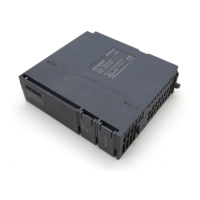
